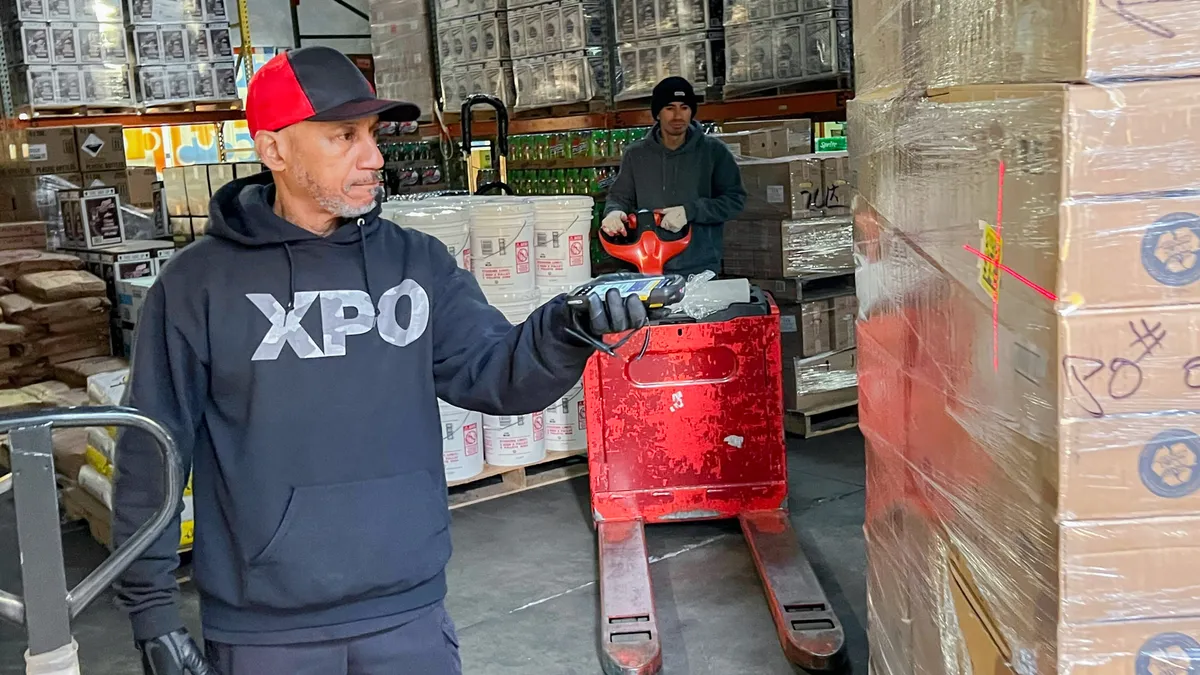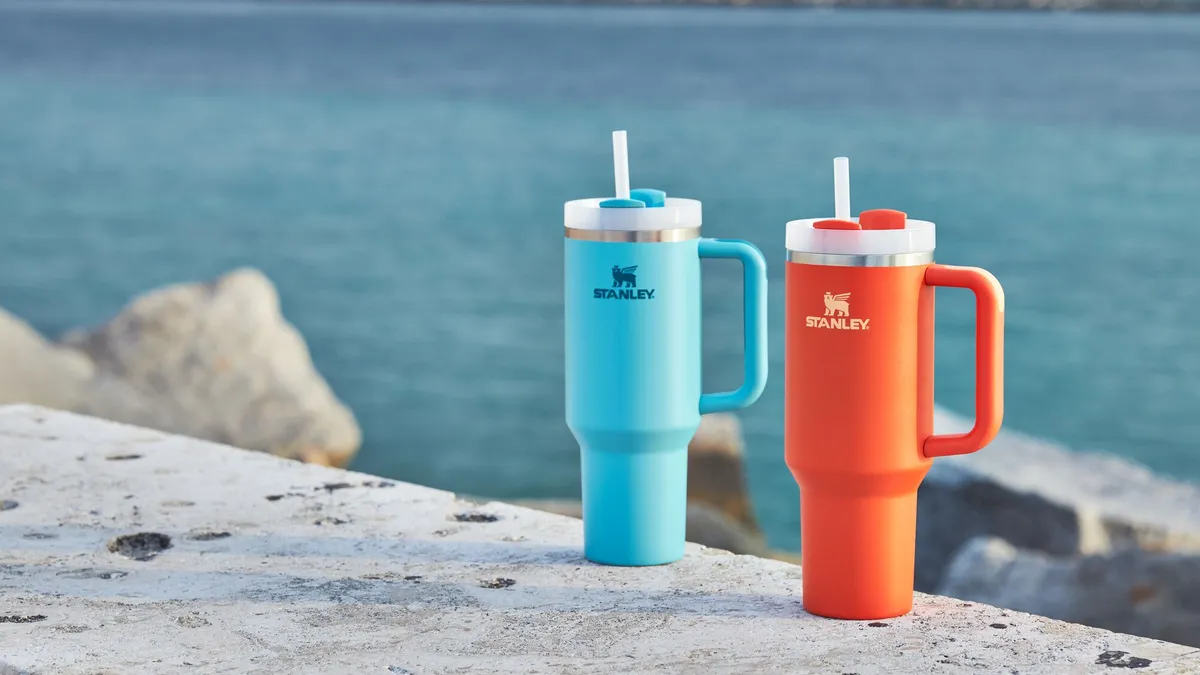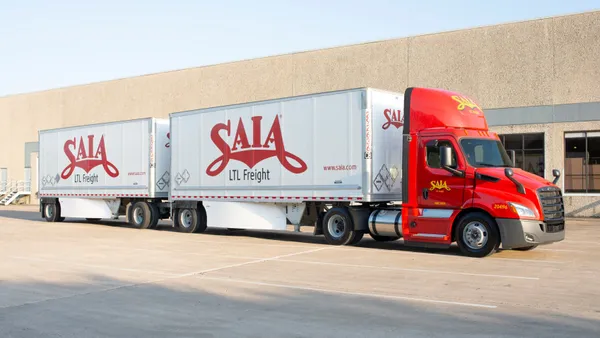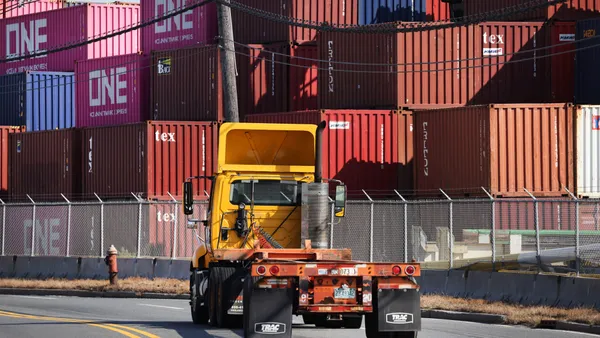Trucking leaders are increasingly fielding questions from LTL shippers and other stakeholders about looming National Motor Freight Classification changes planned for this year.
Several LTL carrier executives have weighed in on the changes, as shippers begin to consider how the National Motor Freight Traffic Association’s upcoming shift to a density-based system could affect them.
To provide a sense of how trucking companies view the proposed move to a 13-class system from the existing 11 classes, we’ve gathered recent commentary from Estes Express Lines, XPO and Old Dominion Freight Line on the topic. The changes are scheduled to go into effect in July.
A ton of bricks vs. a ton of feathers
When Estes CEO Rob Estes gets questions about why the classification system exists at all, he likes to refer to the old children’s riddle: Which weighs more, a ton of bricks or a ton of feathers?
“They both weigh the same,” Estes said in a video last month about the classification changes. “But as we all know, the ton of bricks takes up a very small part of a trailer, and a ton of feathers would take up even multiple trailers.”
The NMFC is a translator that accounts for not just weight but also the space a shipment takes up in a trailer, he said. Density and dimensions play a major role in determining shipping costs, he added, particularly in LTL, as customers share space on trailers.
“The current NMFC classification doesn’t provide an accurate assessment of a product’s true density anymore,” Estes said. “Today’s products use more plastic and alloys, making them less dense than products of the past.”
The classification changes will make it more important for shippers to record shipments’ density, weight and dimensions, along with the commodity’s NMFC item number and classification, origin and destination ZIP codes.
“Moving forward, the NMFC will be much easier to use and understand,” Estes said. “Your freight classifications will be more accurate on the first try, which means fewer surprises on your invoices. And, if you frequently ship heavy or dense freight, you may benefit from lower freight classes.”
Some shippers could pay more, some could pay less

Many of XPO’s customers have expressed concern about the classification changes this summer, CEO Mario Harik said on a Q4 earnings call.
Shippers are, naturally, most curious what it will mean for their costs.
“Some customers could have a slightly higher price, some customers could have a slightly lower price,” Harik said, based on the carrier’s analysis. “But overall, we don't expect the change to be material in terms of how we do pricing.”
XPO uses overhead dimensioners and handheld devices to confirm shipment dimensions provided by customers for most of its shipments, the CEO said.
The carrier is doing outreach and training with customers to prepare them for any impacts they should expect due to the upcoming shift, he said.
“Our goal is to be there to support our customers through the change,” Harik said. “We use that dimension data and work with our customers to make sure it's a smooth change for them.”
‘A big to-do about nothing’
Not everyone is equally concerned. Shippers won’t have to shift to the new system overnight, Old Dominion President and CEO Marty Freeman pointed out in response to a question on a Q4 earnings call.

“I, personally, think it's a big to-do about nothing, really,” Freeman said.
LTL customers have the choice to use the density-based classification system, “if they want,” he said.
“I don't see that being a big deal,” Freeman added. “And [as for] how that will affect the carriers? Certainly, we would like to work towards that, because it gives the carriers a better system to rate the shipments and cost of shipments. But I think it's probably a lot of hype over nothing for the time being.”
















